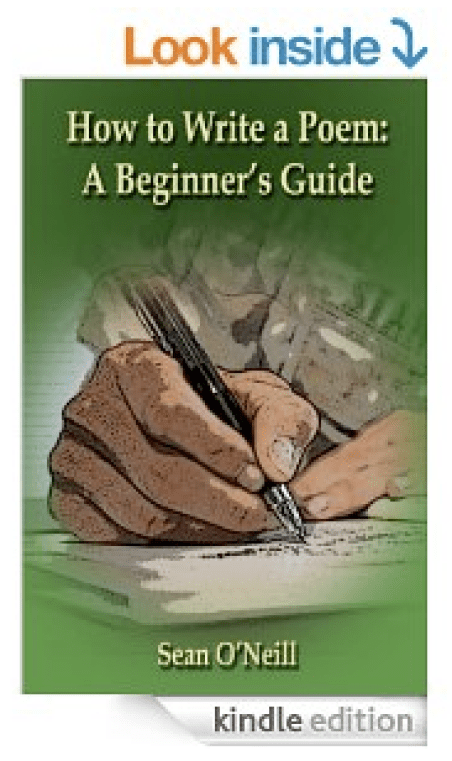That sounds much more effective that simply saying “we were plodding wearily back to the barracks when were attacked with poison gas shells,” now doesn’t it?

As I mentioned in my previous post, I offered one of my books, “Muscle for Hire” for free on Amazon for five days. It was an interesting experiment. The results were as follows:
A staggering 8,104 people in the US downloaded the free book.
91 people from the UK.
7 people from Germany.
And one solitary hapless reader in France took a chance on the book.
The only marketing I did was to announce on Facebook that the book was being offered for free. The book reached 26th in the Amazon top 100 free books. Actually I think it must have got higher than that because when I checked its ranking downloads had already started to drop off.
An interesting result, though, was that once the free book bonanza was over and the book returned to its usual price, $2.99, sales of the book increased from what they had been before. One thing that accounts for that is that if you manage to reach a decent ranking in the “free” category, it affects your salability in the “paid”category. Presumably the book turned up on more “people who bought this book also bought…” notices, and other Amazon marketing strategies like bundling books together for a lower price. However it happened, people started buying the book. Incidentally, sales of one of my other books went up as well. This I attribute to the fact that I included a free bonus chapter of “The Blood Menagerie” at the end of “Muscle for Hire”.
Another strategy I’m exploring is lowering the price of all my books to 99 cents for a time. The way Amazon’s royalties work is that if a book is priced at $2.99 or above, the author gets 70% of the sale price. Anything lower than that and the author gets only 35%. 99 cents is the lowest sale price that Amazon will allow. A quick calculation show that I would need to sell six times as many books at 99 cents to earn the same royalty as selling one for $2.99. On the other hand, people are more likely to buy a 99-cent book than they are to buy one at $2.99. That’s the theory anyway. Every potential buyer is different and has different things they are looking for when buying a book, so there are no guarantees as to what the best pricing strategy is. However, if I’m more likely to sell more lower-priced books then that will have a beneficial effect on my ranking in the “paid” category, which in turn makes my books more visible to potential buyers. There is an interesting article here on how some authors, Amanda Hocking and J.A. Konrath included, are succeeding by using these types of strategies.
One of the other things I did was to smarten up my book covers and change some of the book blurbs. I think this helped sell some of the books too. After all no one will download a book that looks bad and sounds awful, even if it is free.
For the moment I will continue to experiment and see whether it has any affect on sales, ranking or visibility.